-

Erucamide CAS:112-84-5
Erucamide, a primary amide derived from erucic acid, is a versatile compound with applications in various industries, including plastics, adhesives, and food packaging. Known for its excellent slip and antiblocking properties, erucamide acts as a crucial additive that improves the processability and performance of polymeric materials.
-
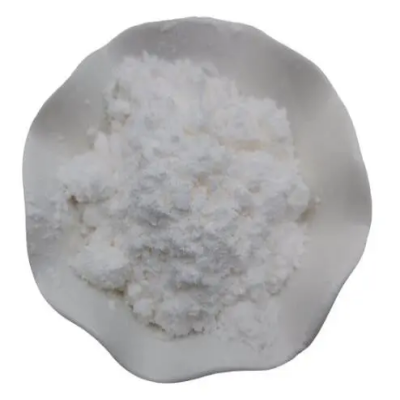
Ethylene Bis Oleamide(EBO) CAS:110-31-6
Ethylene Bis Oleamide (EBO) is a versatile compound derived from oleic acid and ethylenediamine, known for its wide-ranging applications in industries such as personal care, lubricants, plastics, and coatings. With excellent emollient, anti-blocking, and release properties, EBO serves as a valuable additive that enhances the performance and processing characteristics of various products.
-
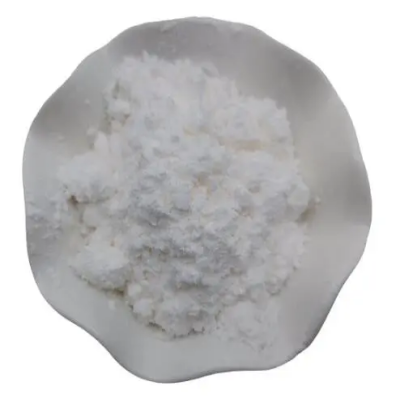
dimethyldioctylammonium chloride CAS:5538-94-3
Dimethyldioctylammonium chloride is a quaternary ammonium compound with versatile industrial applications. This organic salt is valued for its role as an effective cationic surfactant and phase transfer catalyst. With its specific molecular structure and unique chemical properties, this compound serves as a valuable component in the formulation of various products in industries such as pharmaceuticals, agrochemicals, and personal care.
-
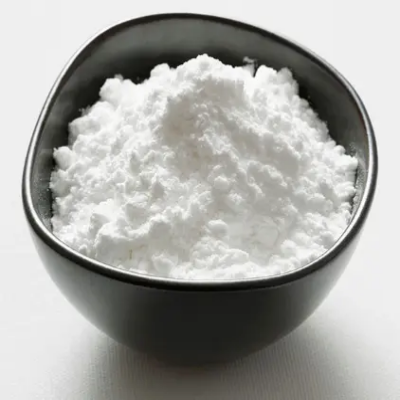
N-Dodecyl-N,N-Dimethylglycine CAS:683-10-3
N-Dodecyl-N,N-Dimethylglycine is a versatile amphoteric surfactant used in various industrial and consumer applications. Derived from dodecylamine and dimethylglycine, this compound exhibits amphiphilic properties, making it compatible with both hydrophilic and hydrophobic components. With its unique chemical structure, it serves as a key ingredient in diverse product formulations across different industries.
-

Tallow amine ethoxylate (1EO-30EO) CAS:61791-26-2
Tallow amine ethoxylate with a range of ethylene oxide (EO) units (1EO-30EO) is a versatile non-ionic surfactant derived from tallow amine and ethylene oxide. This compound serves as an effective emulsifier, wetting agent, and dispersant due to its unique molecular structure and chemical properties, making it a valuable component in the formulation of diverse products across different industries.
-

Tetradecyldimethylamine oxide CAS:3332-27-2
Tetradecyldimethylamine oxide is a versatile amine oxide surfactant widely used in various industrial and consumer applications. Derived from tetradecylamine and dimethylamine, this compound exhibits exceptional surface activity and detergent properties due to its unique chemical structure, making it an essential ingredient in diverse product formulations across different industries.
-

Hydrogenized tallow amine polyoxyethylene ether (15EO) CAS:61790-82-7
Hydrogenated tallow amine polyoxyethylene ether (15EO) is a non-ionic surfactant widely used in various industrial and consumer applications. This ethoxylated amine derivative, produced from hydrogenated tallow and ethylene oxide, serves as an effective emulsifier and wetting agent due to its specific molecular structure and unique chemical properties, making it a versatile component in the formulation of diverse products across different industries.
-
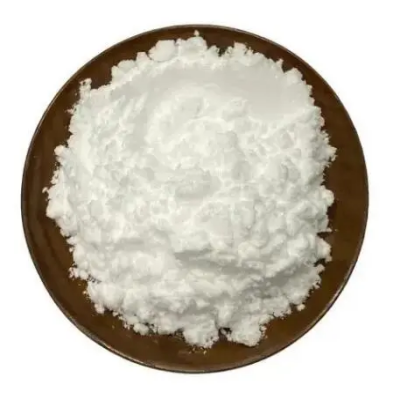
N,N-dimethyldodecylamine-N-oxide CAS:1643-20-5
N,N-dimethyldodecylamine-N-oxide is a versatile amine oxide compound used in various industrial and consumer applications. Derived from dodecylamine, this surfactant exhibits excellent surface activity and detergent properties due to its unique chemical structure, making it an essential ingredient in the formulation of diverse products across different industries.
-
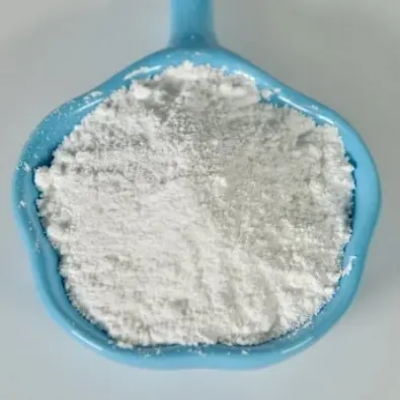
Oleylamidopropyl BetaineCAS:25054-76-6
Oleylamidopropyl betaine is a versatile amphoteric surfactant widely used in various industrial and consumer applications. Derived from oleylamine and amidopropyl betaine, this compound exhibits excellent surface activity and compatibility with both anionic and cationic surfactants, making it an essential ingredient in diverse product formulations across different industries.
-
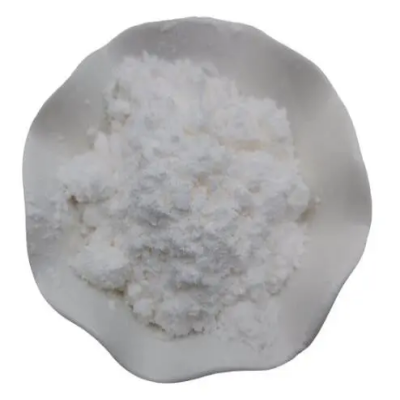
Hexadecylbetaine CAS:693-33-4
Hexadecylbetaine is a zwitterionic surfactant widely used in various industrial and consumer applications. Derived from hexadecylamine and betaine, this compound exhibits amphoteric properties, making it compatible with both cationic and anionic components. With its distinct chemical structure, it serves as a vital ingredient in diverse product formulations across different industries.
-

N-Lauryldiethanolamine(1EO-30EO) CAS:1541-67-9
N-Lauryldiethanolamine (1EO-30EO) is a versatile non-ionic surfactant with a range of ethylene oxide (EO) units, making it adaptable for various industrial and consumer applications. Derived from lauryldiethanolamine and ethylene oxide, this compound serves as an effective emulsifier, wetting agent, and dispersant due to its unique molecular structure and chemical properties, making it a valuable component in the formulation of diverse products across different industries.
-
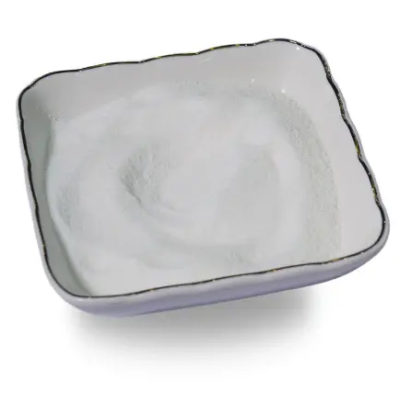
Ethanol, 2,2′-iminobis-, N-tallow alkyl derivs., N-oxides CAS:61791-46-6
The compound “Ethanol, 2,2′-iminobis-, N-tallow alkyl derivs., N-oxide” is used as a surfactant and emulsifier in various household and industrial products. Its primary function includes serving as a key ingredient in the formulation of cleaning agents, fabric softeners, and personal care products such as shampoos and conditioners. Additionally, it contributes to the stability and efficacy of agricultural formulations, including crop protection products and adjuvants. The compound’s surface-active properties make it valuable for enhancing cleaning, conditioning, and dispersion capabilities across multiple applications.

